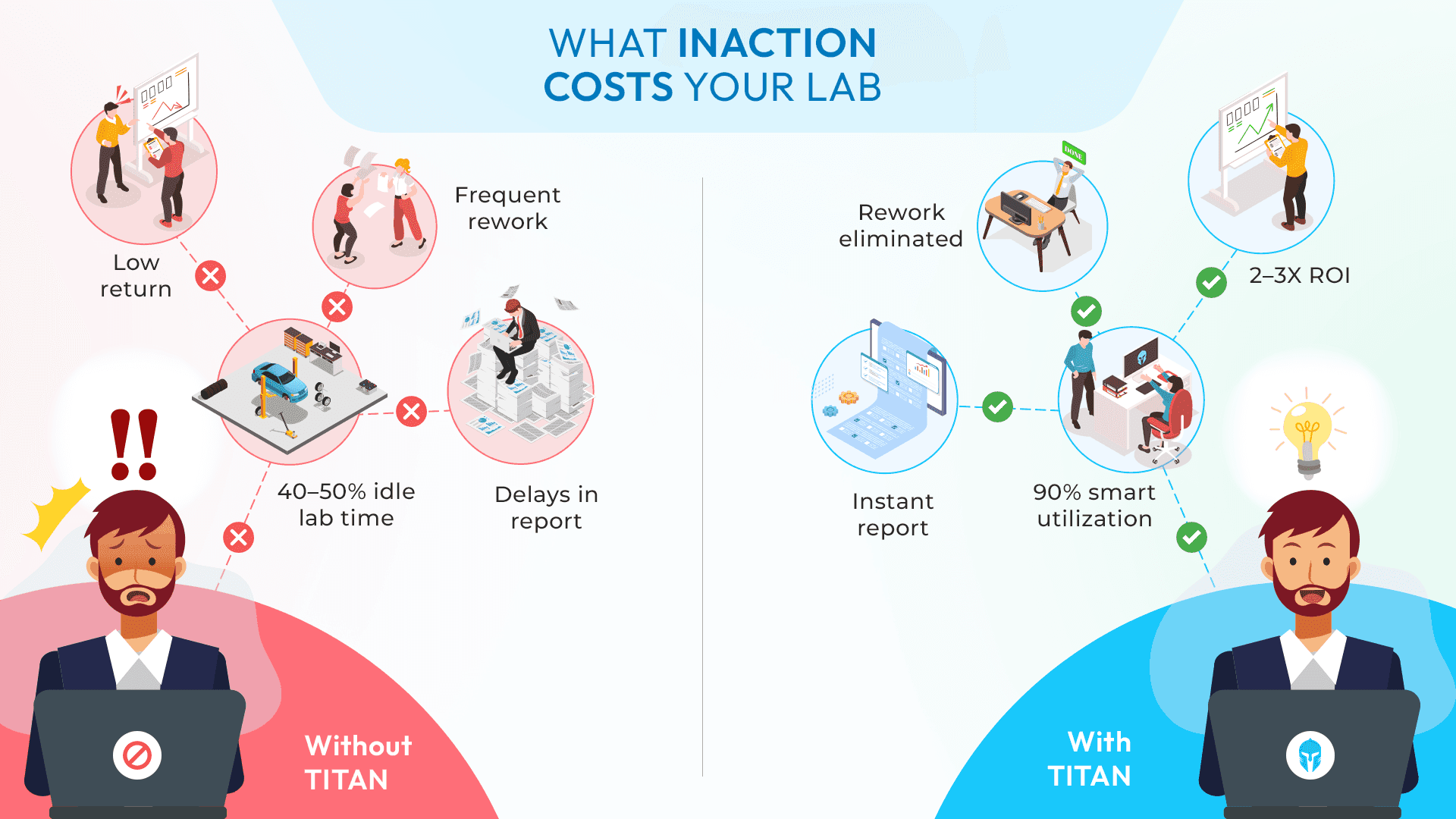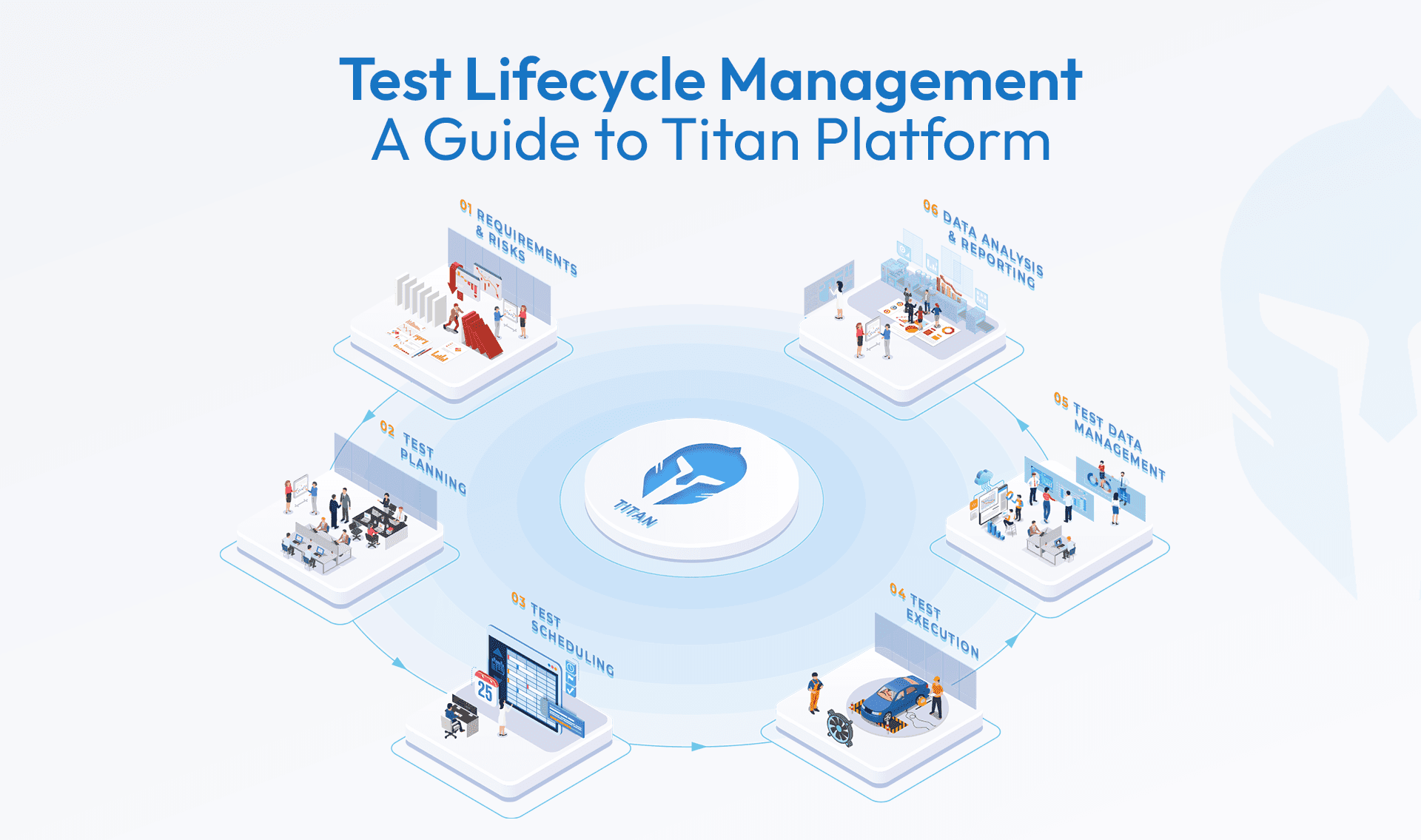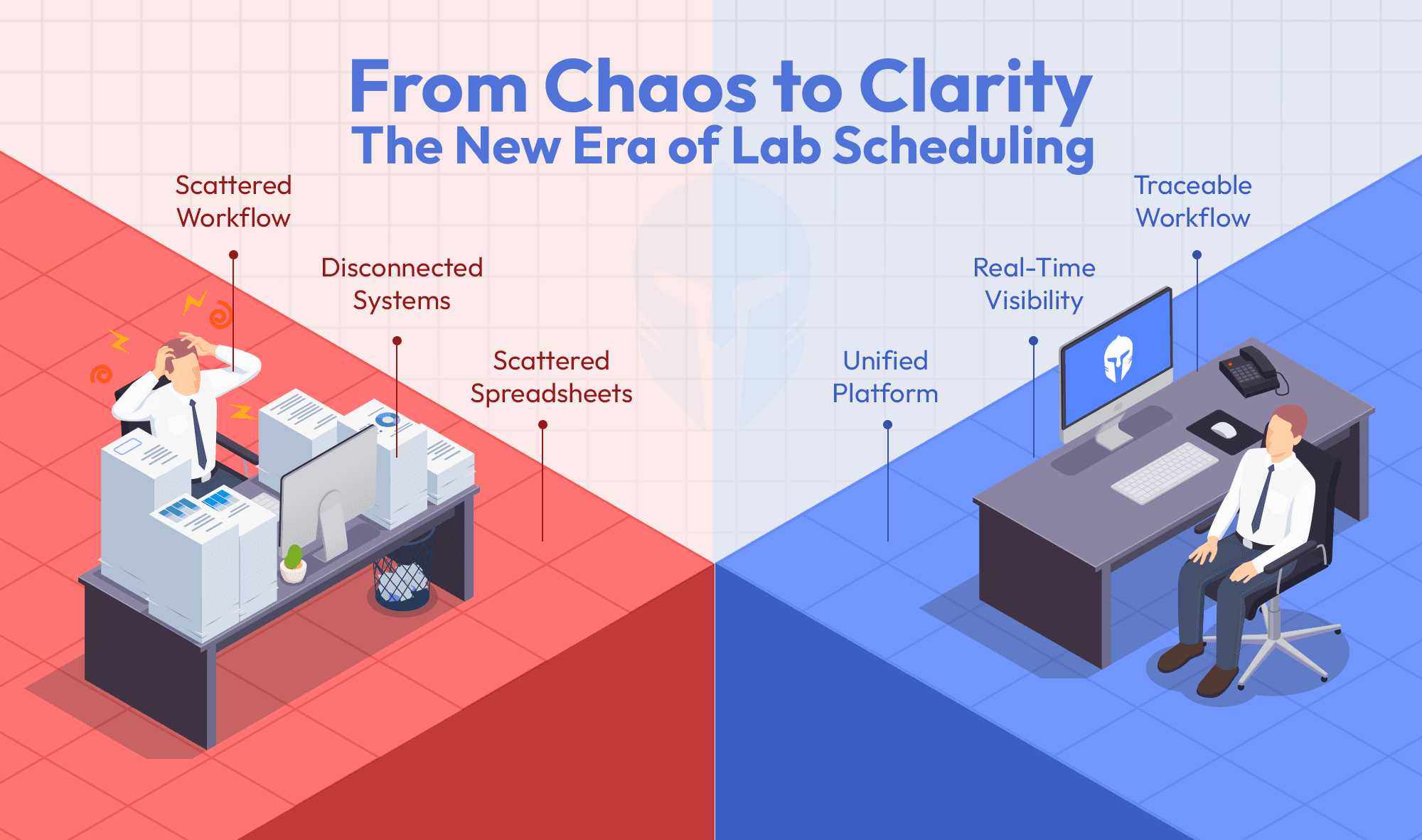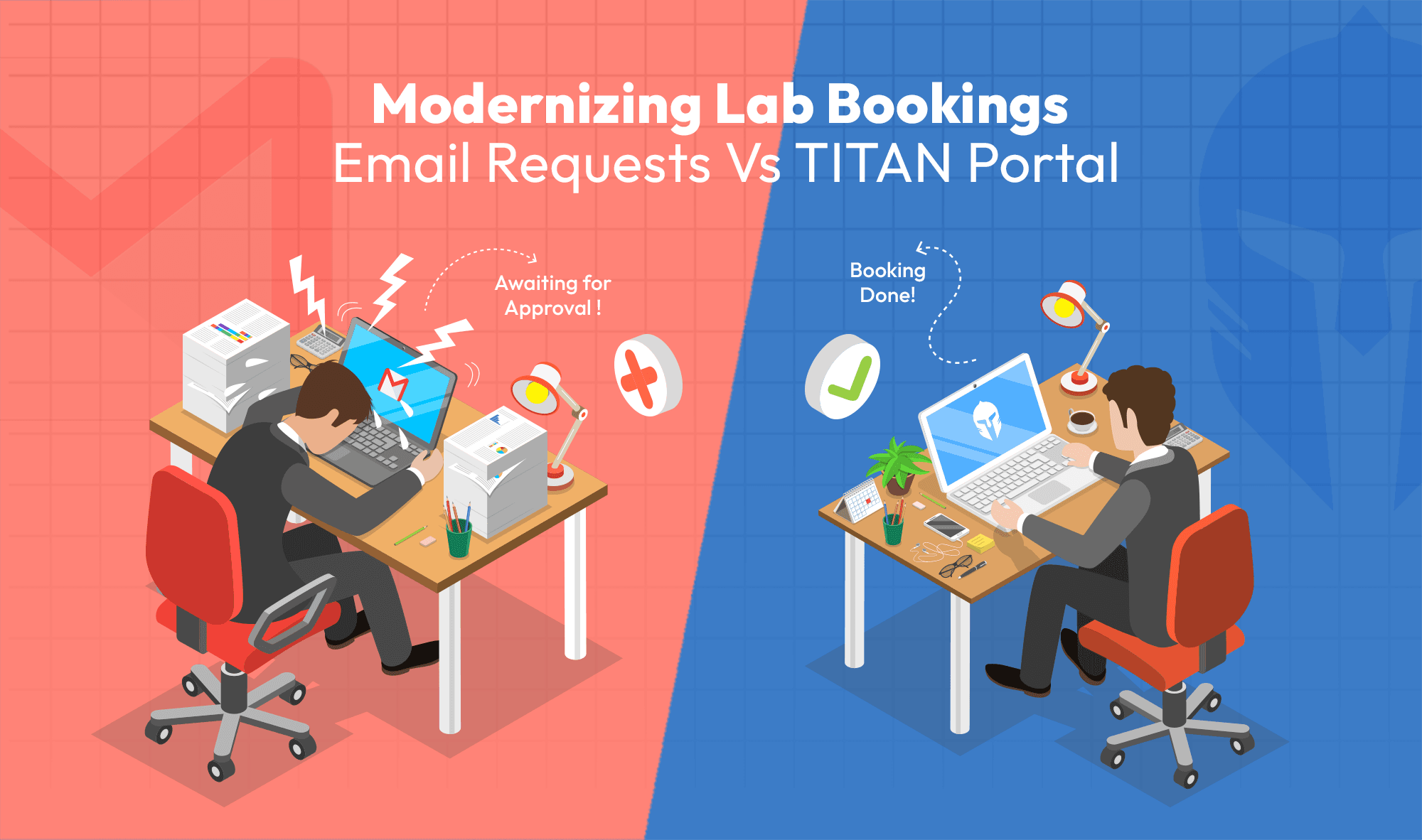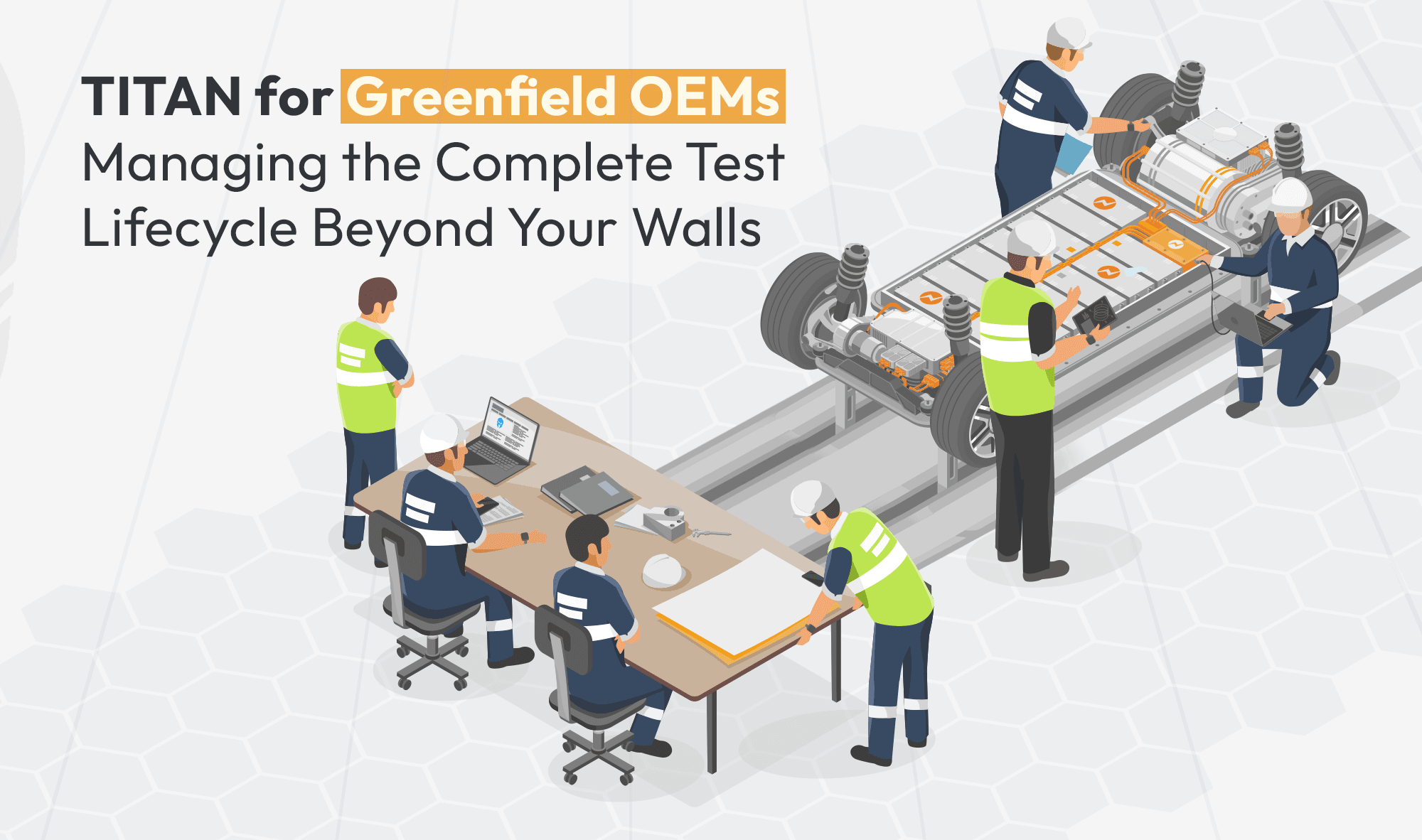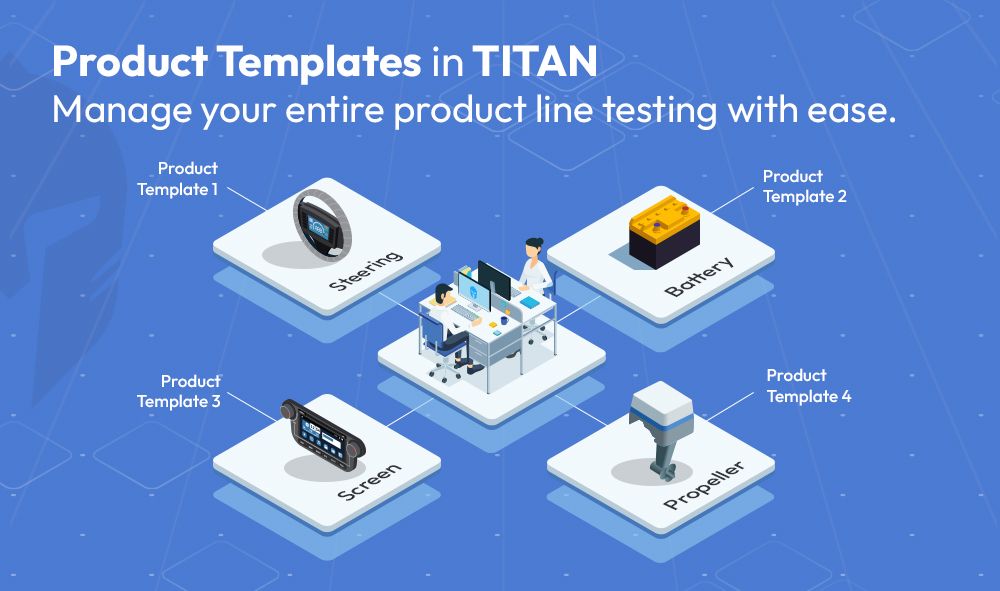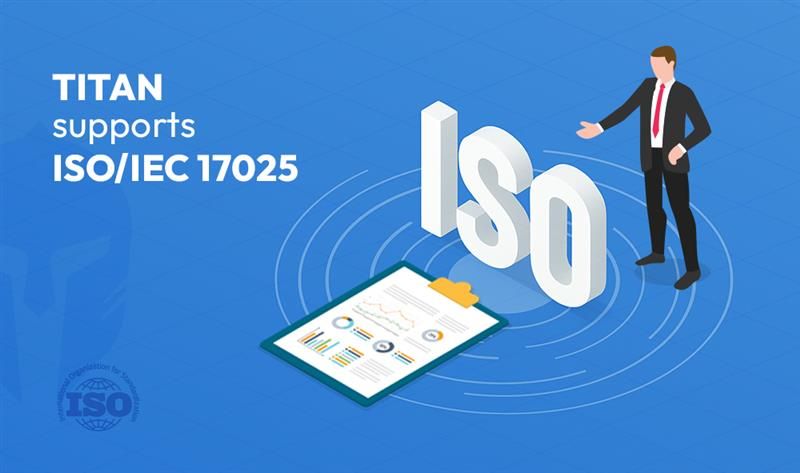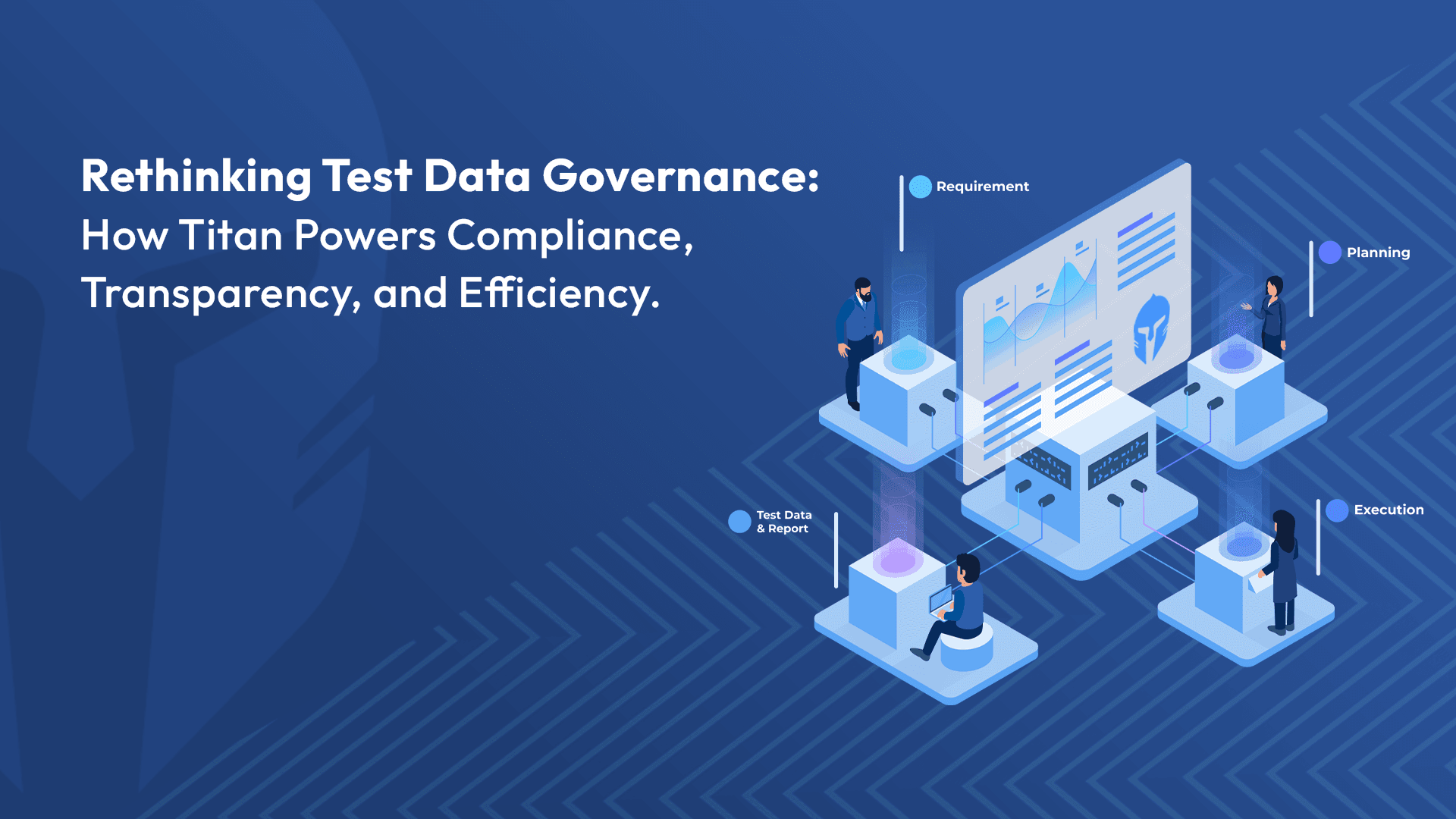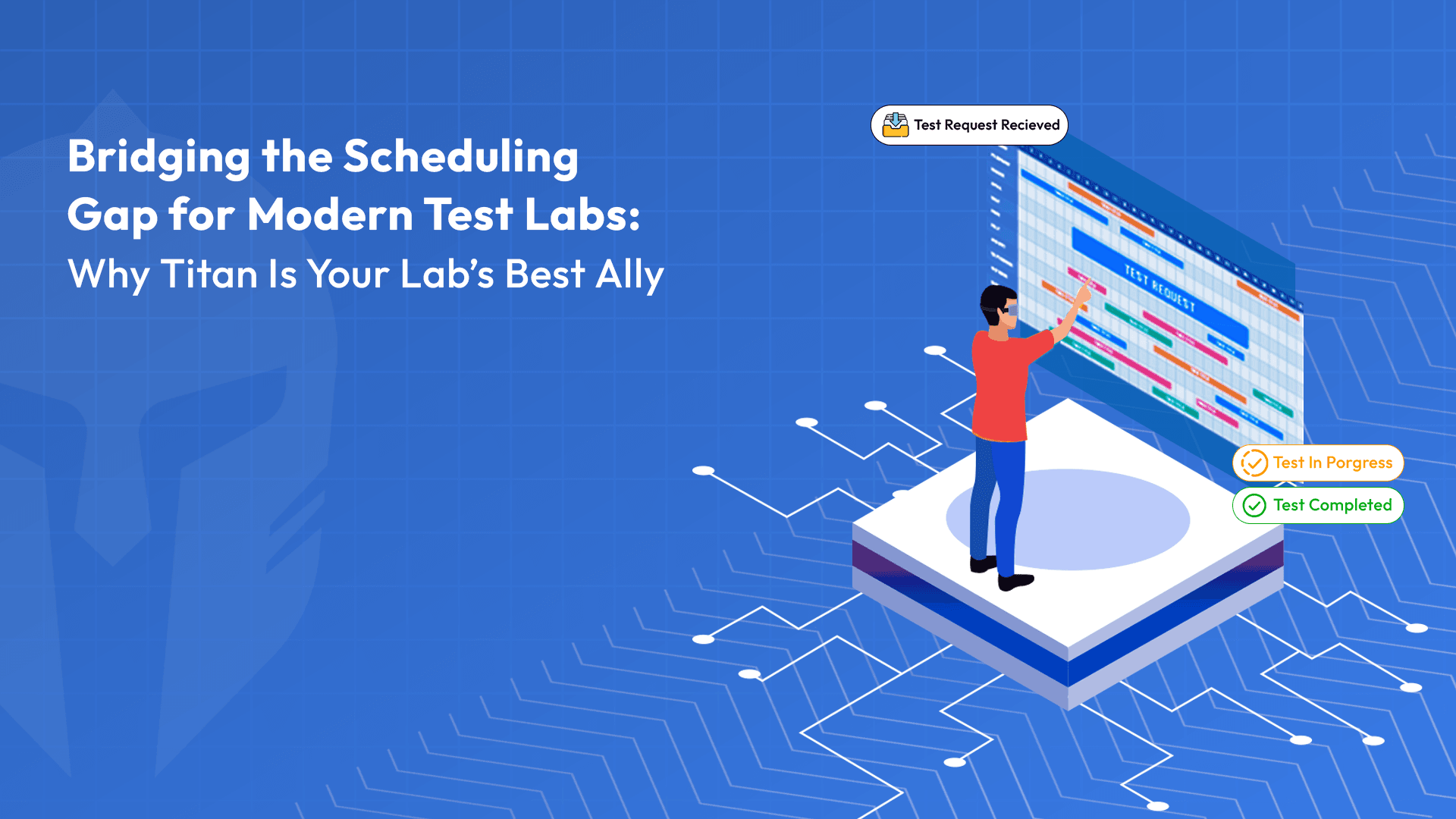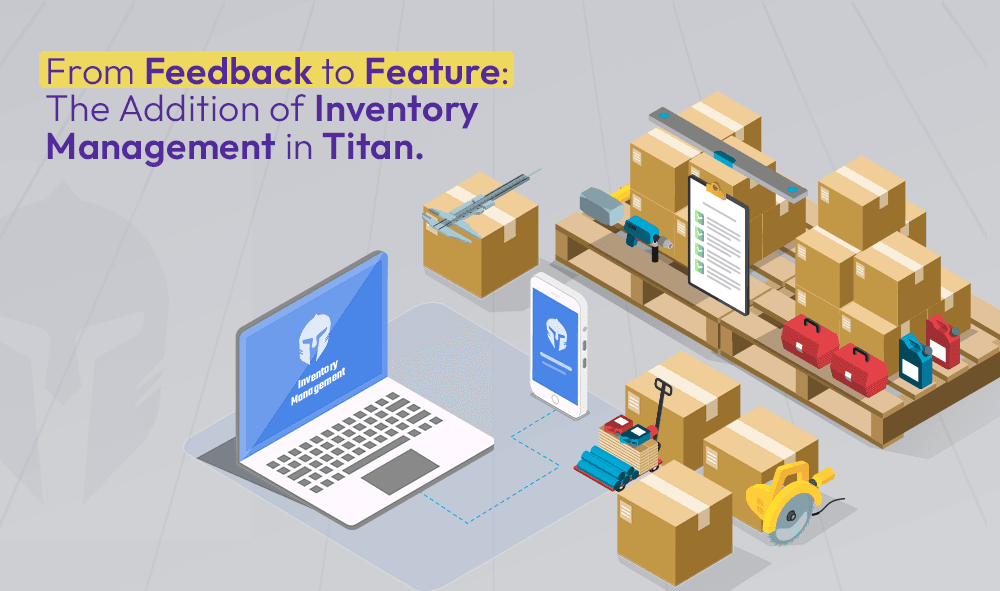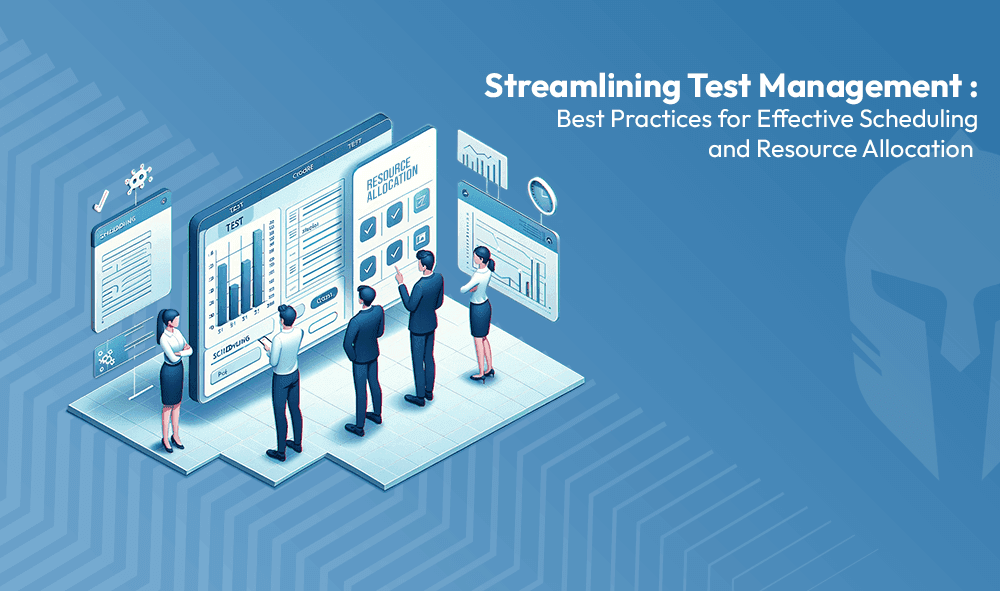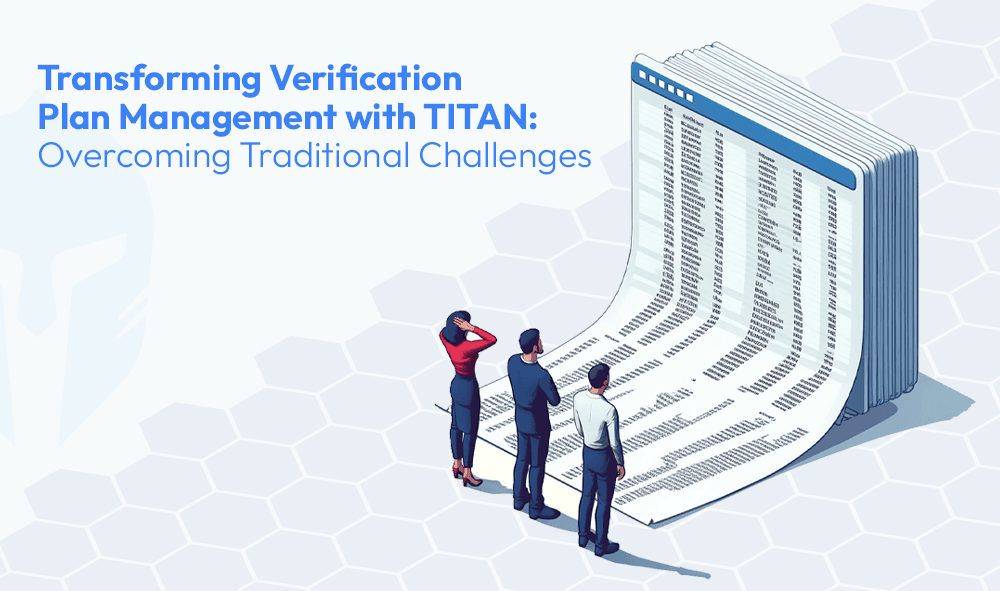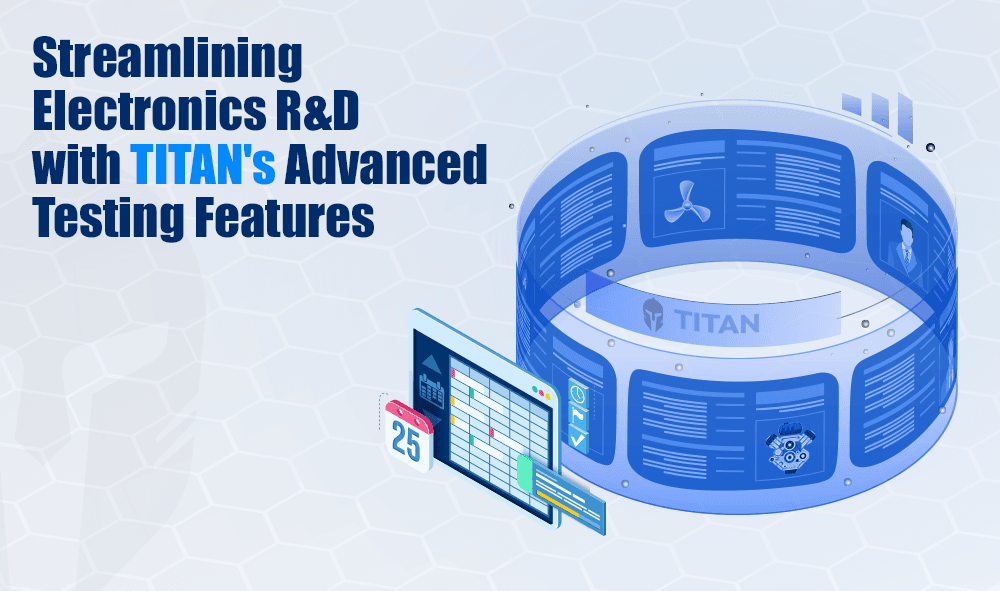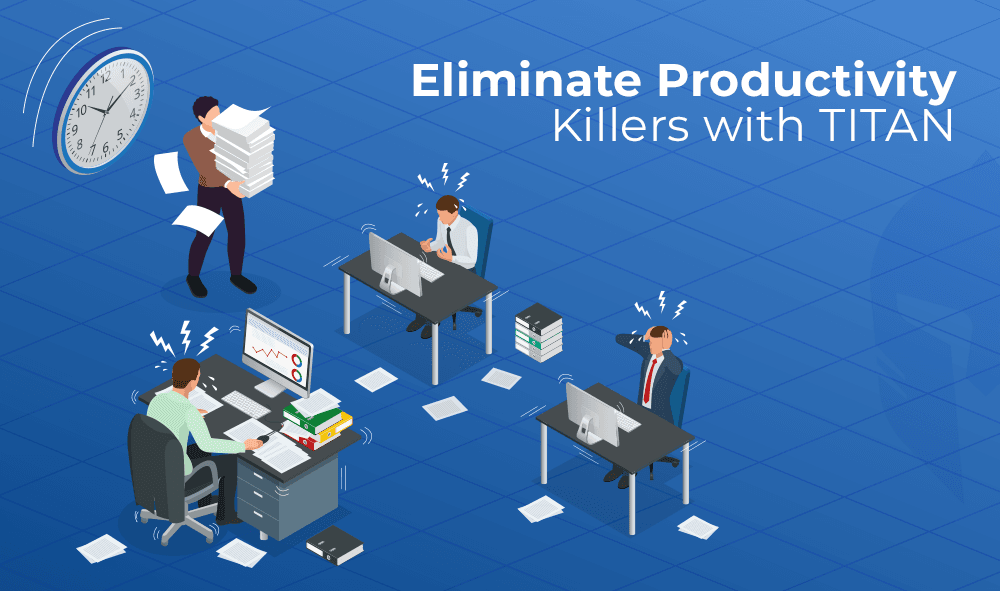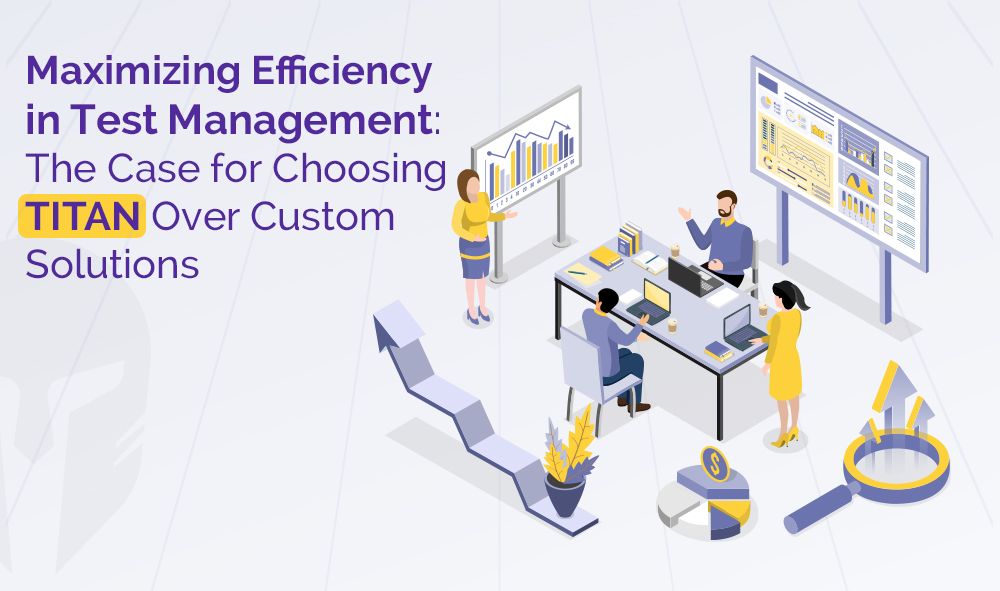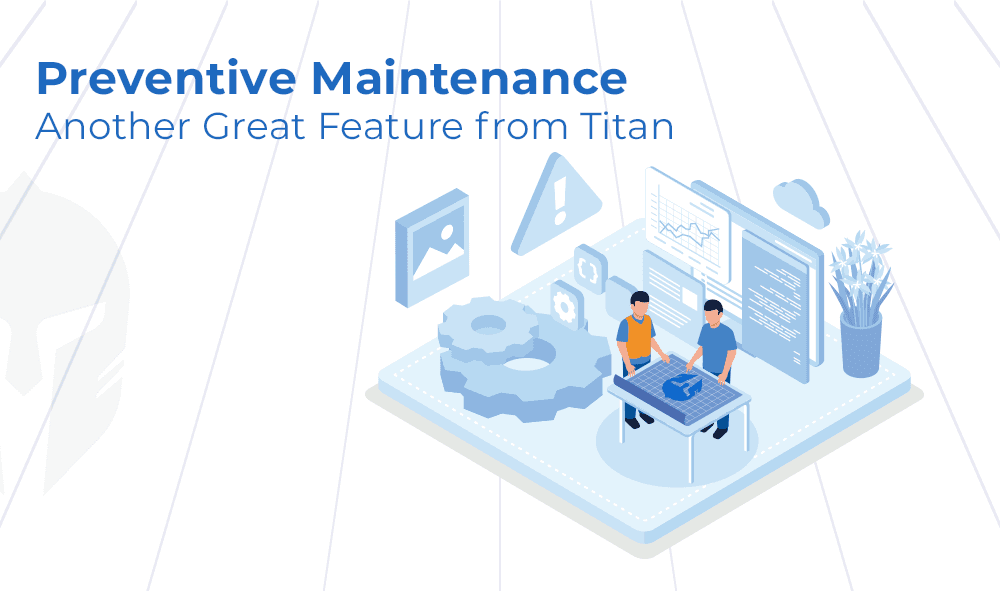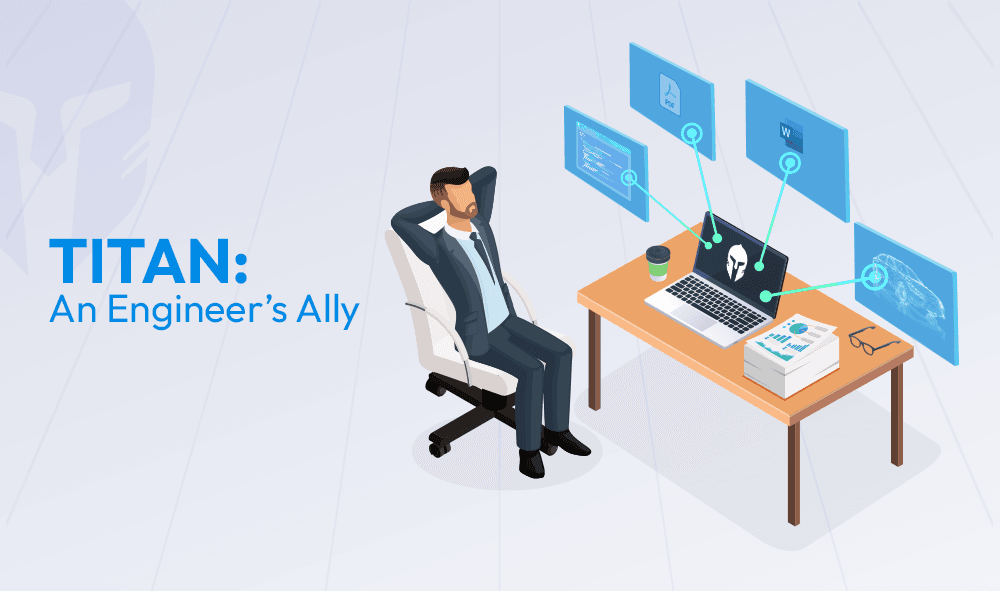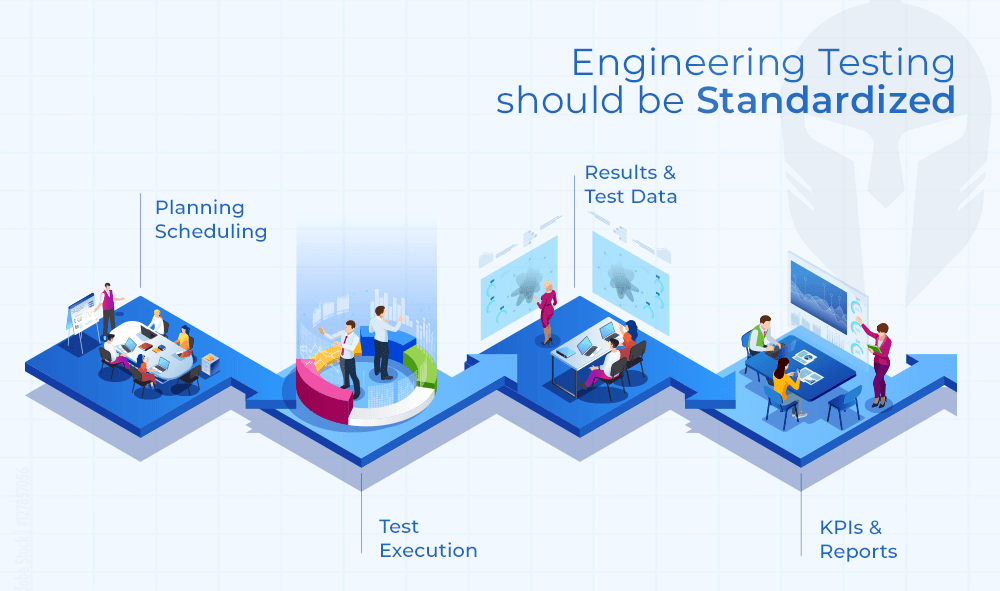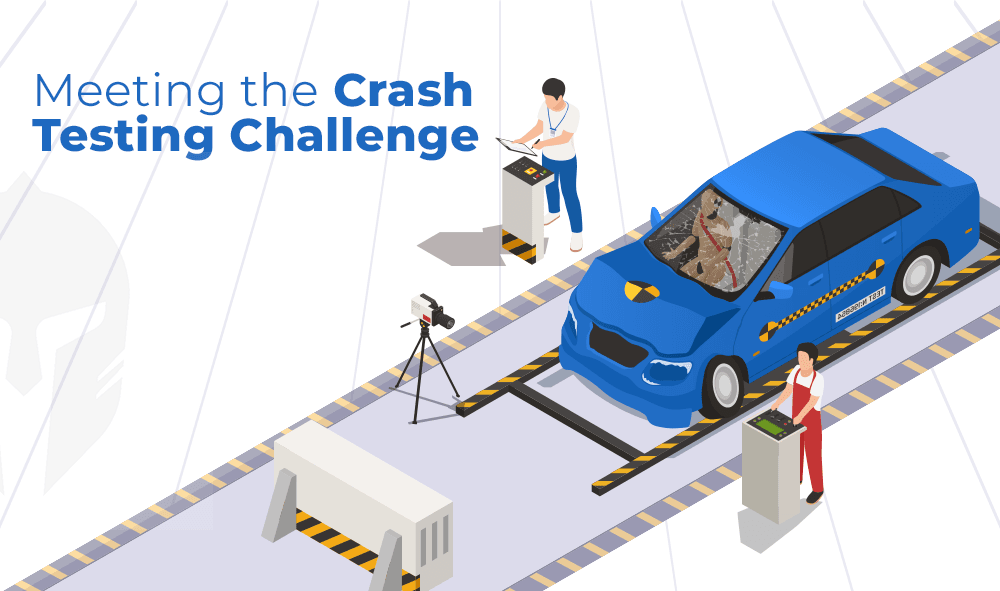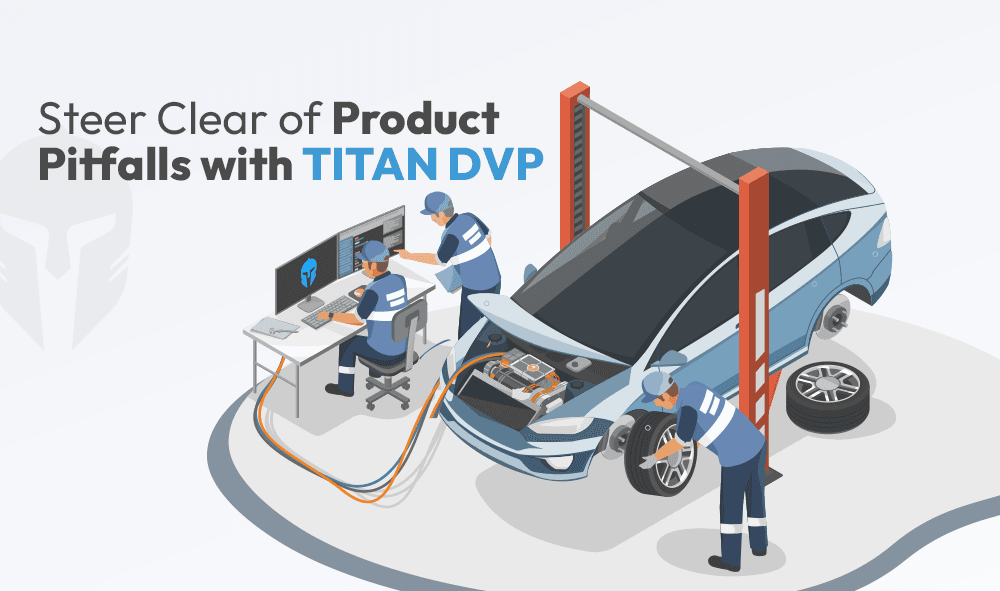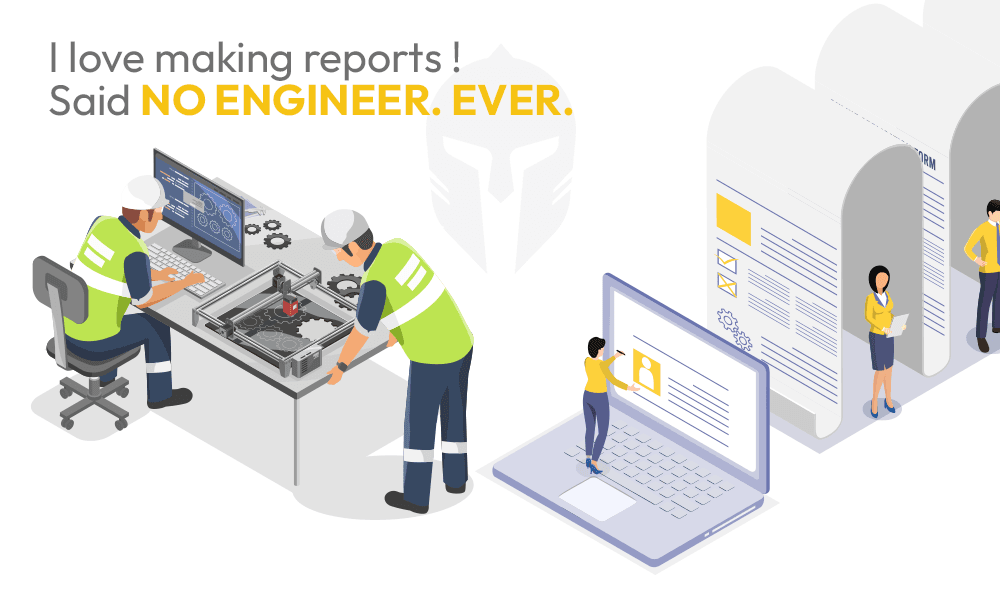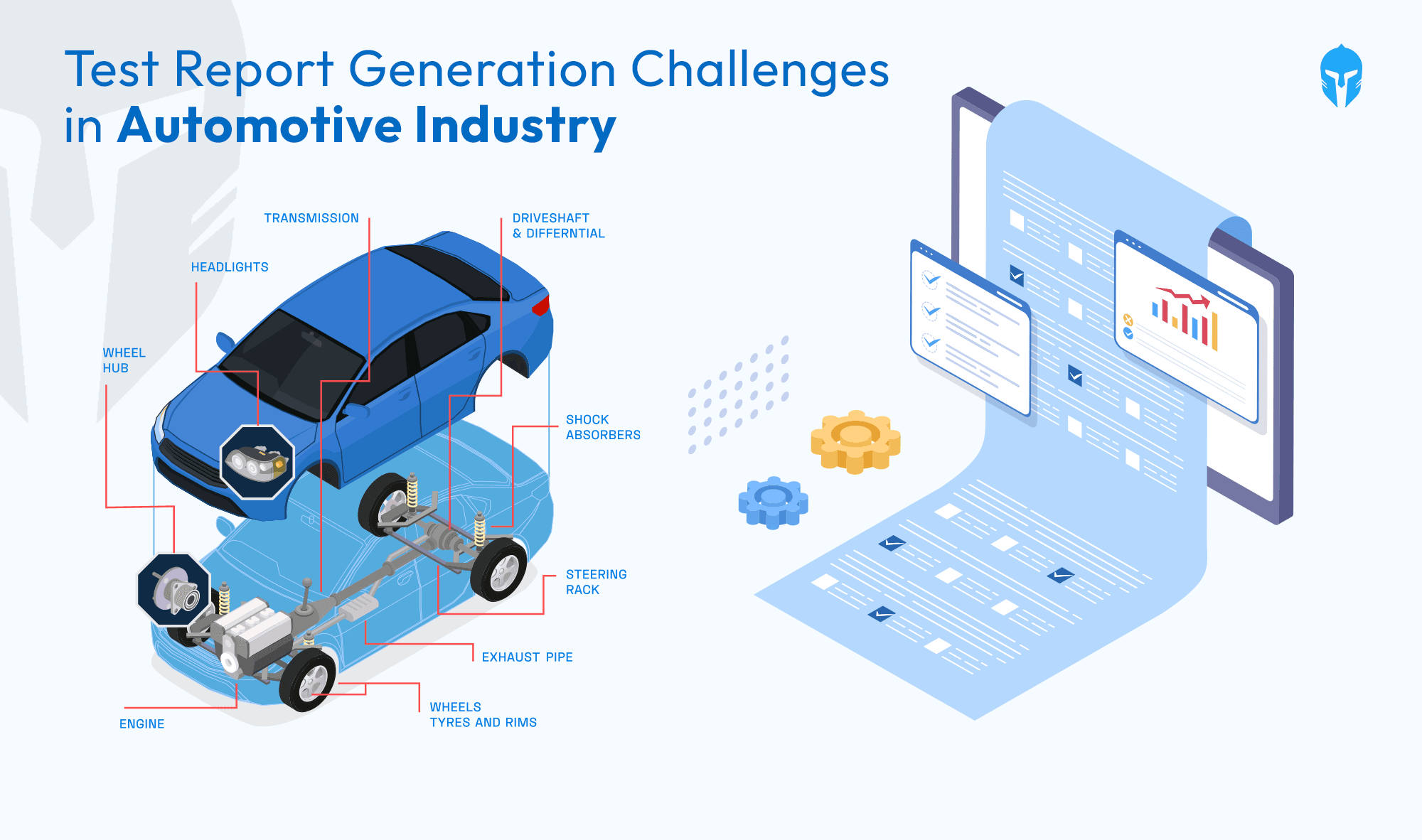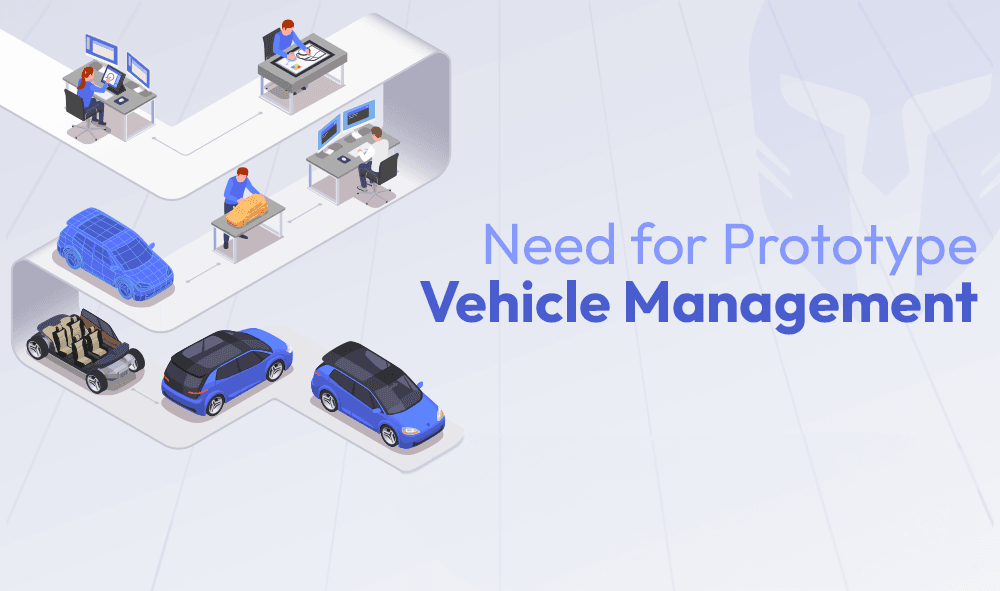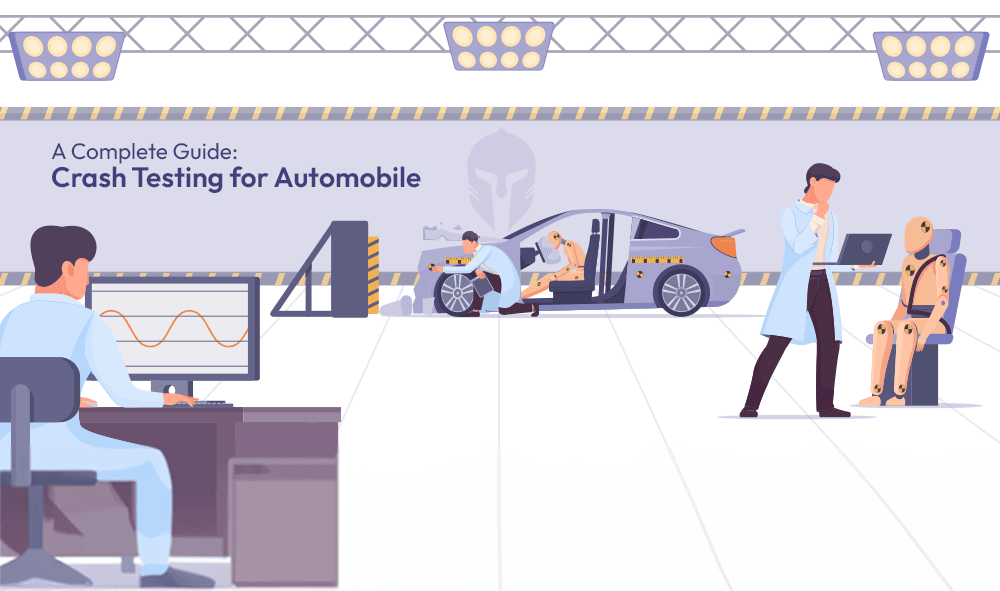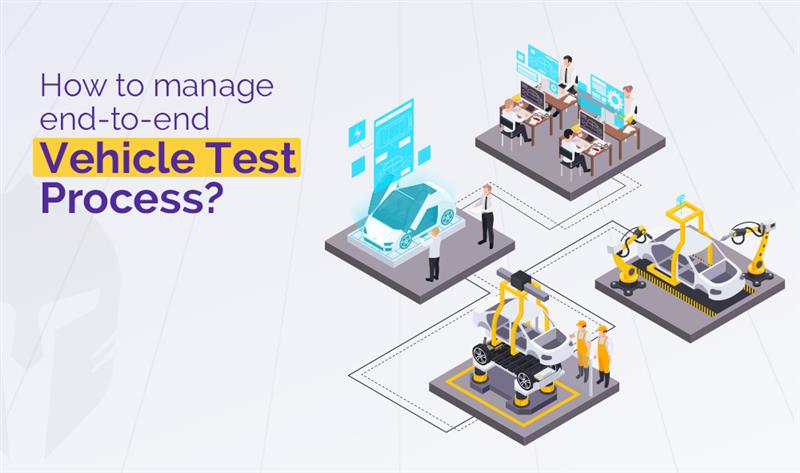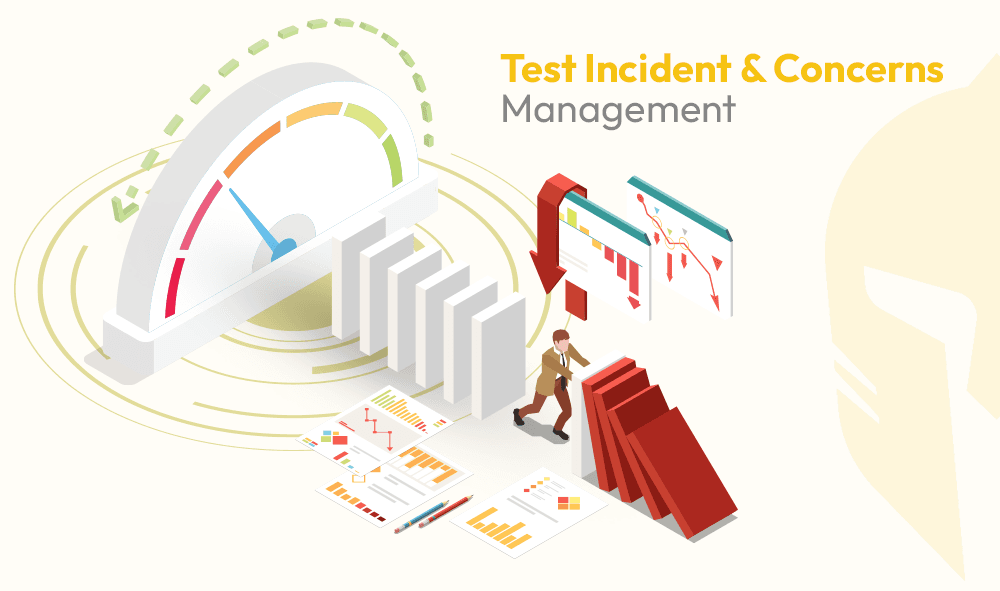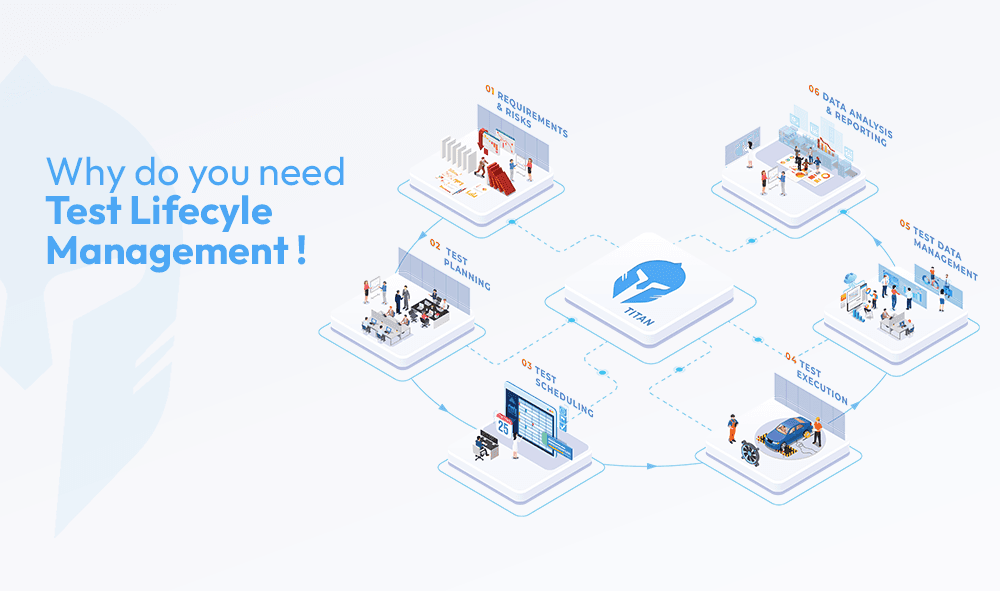Best Practices in Lab Asset Management with Titan
Author

Rekha Padmanabhan
Product Manager
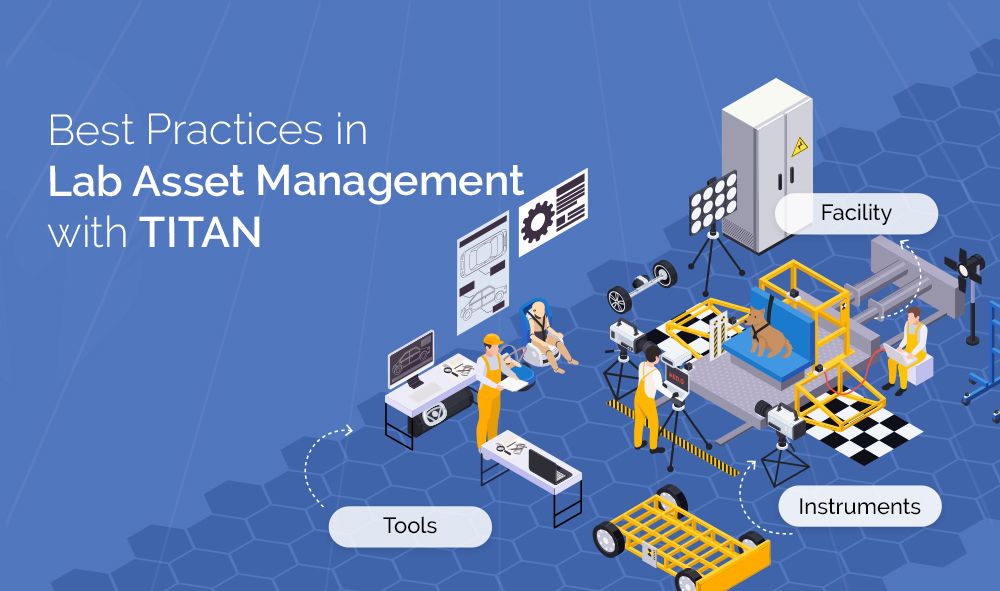
Author

Rekha Padmanabhan
Product Manager
Reading Time
4 min read
- Centralize and Digitize Asset Records
- Redefine Maintenance from Reactive to Predictive
- Establish Rigorous Calibration Practices
- Monitor and Improve Asset Utilization
- Plan with a Lifecycle Perspective
- Define and Monitor Key Performance Indicators
- Link Assets to Business Outcomes
- The Value of Intelligent Asset Management with Titan
Best Practices in Lab Asset Management with Titan
Turning Equipment Oversight into Measurable Performance
Modern laboratories operate under constant pressure: deliver accurate results faster, manage rising costs, maintain compliance, and plan for future growth. At the center of these challenges lies one critical factor how effectively assets are managed throughout their lifecycle.
For many organizations, asset management still depends on fragmented records, manual tracking, or siloed systems. Research shows that unplanned equipment downtime can reduce lab productivity by up to 20%, while poor asset utilization means organizations are only leveraging 60-70% of their equipment capacity. This results in hidden downtime, unpredictable maintenance, underutilized equipment, and poor visibility into true costs.
Titan changes that equation. By consolidating asset-related data into a single platform and pairing it with scheduling, reporting, and analytics, Titan helps labs transform asset management from a reactive task into a strategic driver of efficiency, reliability, and long-term value.
Centralize and Digitize Asset Records
A reliable asset program begins with a complete and accessible inventory. Spreadsheets and disconnected logs leave room for duplication, lost history, and missed updates.
Best Practice with Titan:
- Build a unified digital inventory of every instrument, tool, and facility asset
- Log utilization, location, and movement automatically using Titan’s scan and track capabilities
- Provide role-based access so each stakeholder sees relevant details without compromising data integrity
Redefine Maintenance from Reactive to Predictive
Breakdowns disrupt schedules, delay test programs, and inflate repair budgets. Scheduled maintenance helps, but static time-based calendars don’t account for how equipment is actually used.
Best Practice with Titan:
- Automate preventive maintenance schedules linked to usage data
- Identify trends in repair history and performance to enable predictive maintenance
- Trigger alerts before performance degrades, minimizing unplanned downtime
- Document all service activity for compliance and audits
Establish Rigorous Calibration Practices
Accurate results depend on well-calibrated instruments. Without a systematic approach, calibration lapses introduce risk to both compliance and test integrity.
Best Practice with Titan:
- Define calibration intervals and automatically block scheduling of expired instruments
- Store certificates digitally for quick access during audits
- Cross-reference calibration history with test results to ensure traceability
- Standardize calibration workflows across multiple labs or teams
Monitor and Improve Asset Utilization
High-value assets that sit idle while others face bottlenecks indicate poor distribution of resources. Improved utilization directly translates to better ROI from existing lab infrastructure.
Best Practice with Titan:
- Track real time utilization across sites, projects, and departments
- Identify underused equipment for redeployment or retirement
- Optimize lab scheduling with Titan’s calendar and conflict resolution features
- Generate dashboards that link asset availability to throughput and project timelines
Plan with a Lifecycle Perspective
An effective program evaluates not just acquisition cost, but the entire lifecycle of each asset from purchase to retirement. This provides a clearer picture of total value and prevents both premature disposal and prolonged inefficiency.
Best Practice with Titan:
- Track acquisition, operating, and maintenance costs in one platform
- Evaluate lifecycle performance metrics to support replacement planning
- Create forward-looking capital expenditure roadmaps using Titan analytics
- Retire assets systematically with digital audit trails and disposal records
Define and Monitor Key Performance Indicators
Clear metrics are essential for evaluating success. Without KPIs, asset management remains a reactive function rather than a performance-driven strategy.
Best Practice with Titan:
- Establish KPIs such as utilization, percentage, maintenance cost ratio, downtime hours, calibration adherence, or mean time between failures
- Display KPIs in real time dashboards for lab managers and leadership
- Benchmark internal performance against industry standards
- Run periodic reviews to adjust goals and identify continuous improvement opportunities
Link Assets to Business Outcomes
Assets support broader organizational goals: timely project delivery, product validation, and regulatory compliance. Connecting asset health directly to these outcomes strengthens justification for investment and process improvements.
Best Practice with Titan:
- Map asset availability to test schedules and program timelines
- Quantify the impact of downtime on productivity and cost
- Use performance reports to demonstrate ROI in terms of throughput, turnaround time, and audit readiness
- Present utilization and cost metrics to leadership for informed budgeting
The Value of Intelligent Asset Management with Titan
By embedding these best practices into daily workflows, laboratories move beyond basic record keeping toward a system that actively drives efficiency and accountability.
Titan delivers:
- Higher productivity: improved scheduling, fewer bottlenecks leading labs report up to 30% reduction in scheduling conflicts
- Reduced costs: proactive maintenance and optimized utilization organizations typically see 20-35% lower reactive maintenance costs
- Compliance assurance: complete audit trails and calibration records achieving 100% calibration compliance and audit readiness
- Actionable insight: analytics that guide strategic investment decisions
In today’s testing and validation environment, asset management is not just an operational requirement; it is a foundation for scalable, reliable, and data driven laboratory performance. Titan can help you build this foundation.
Reimagine Lab Asset Management
Centralize, automate, and elevate your asset strategy with Titan’s unified platform.
